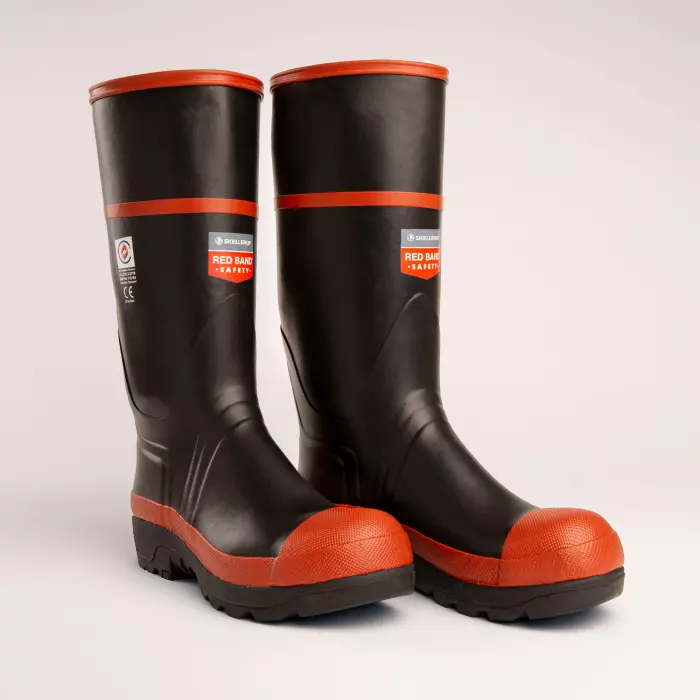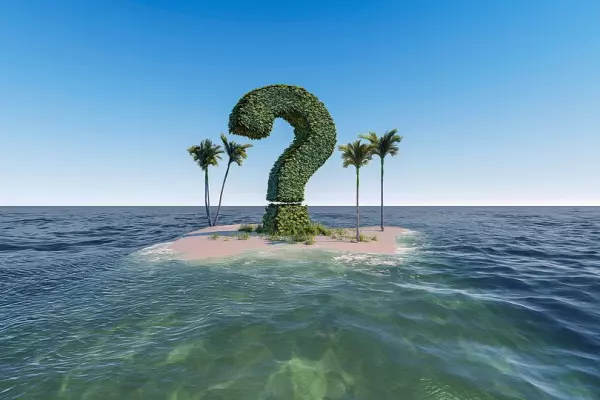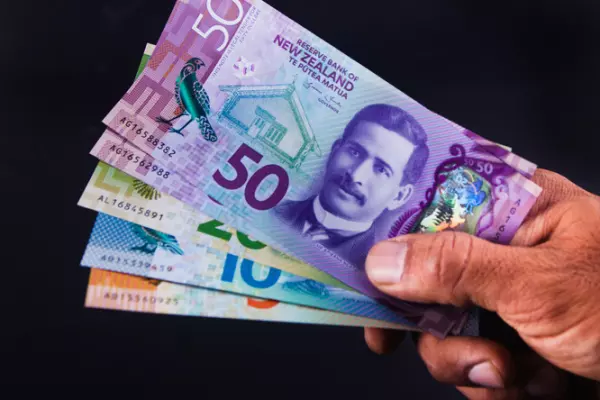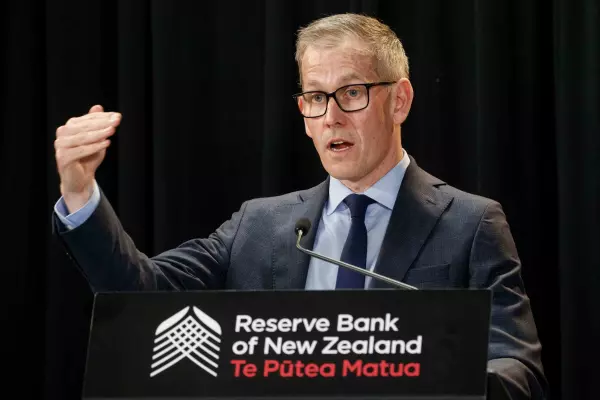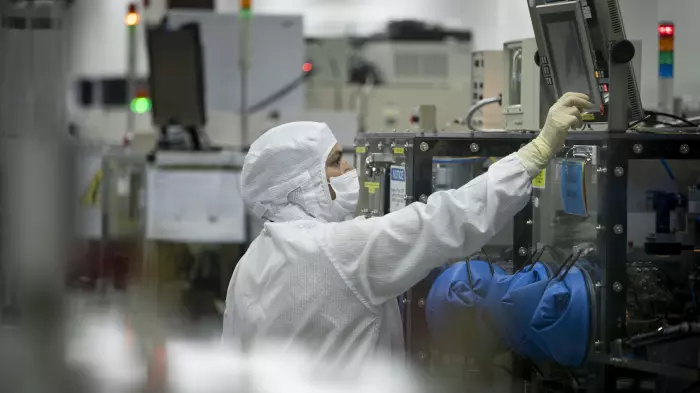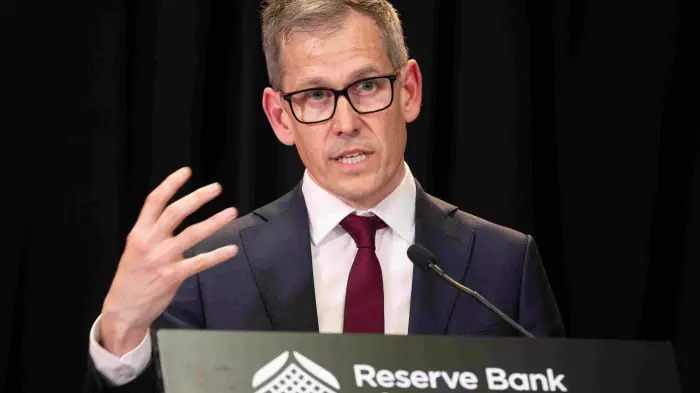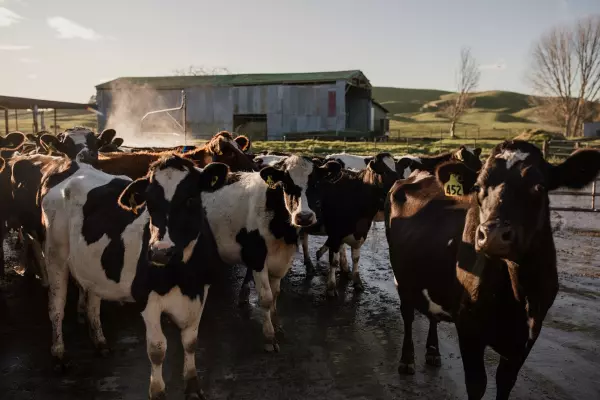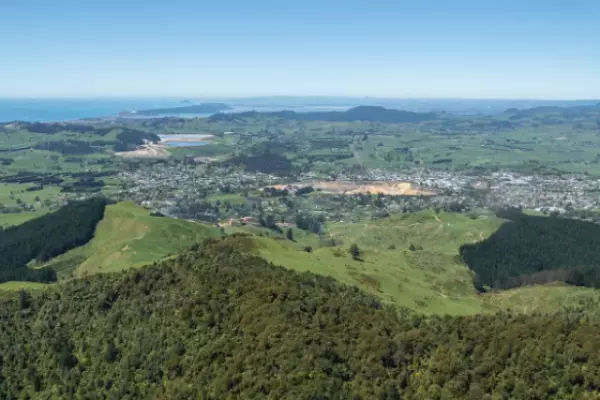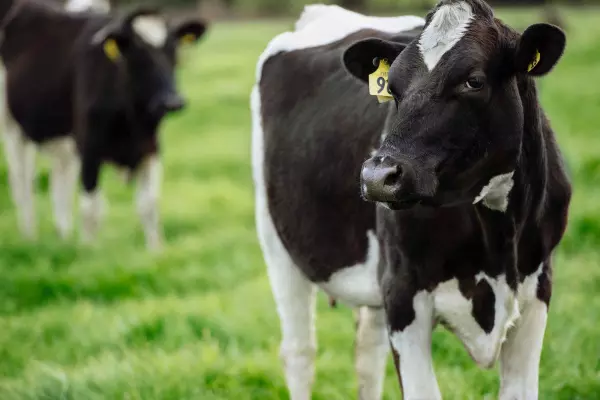For once, Skellerup is "firing on all cylinders", as Forsyth Barr analyst Guy Hooper put it, benefiting from a few tail winds, but also because of changes within the business to make it more efficient and resilient.
The company, now worth more than $1 billion, has just reported record annual results, beating the previous year's record results.
It's been a long hard slog to get here for chief executive David Mair – technically, he's just passed the 10-year mark in that role, but he'd been acting chief executive for a year before his appointment was confirmed.
The company he took in hand, then with a market value of about $143 million, had been through a sordid couple of decades after Brierley Investments snaffled it and then refloated it in 1993, together with a ragbag of odds and sods Brierley threw into the mix, only to be taken over again in early 1996 in a Goldman Sachs-backed management buyout.
Within three years, the wheels had fallen off the debt-laden buyout vehicle because its cash flows were insufficient to pay the interest bill and so the "good" bits were spun out into a new vehicle named Viking Pacific.
Then it was refloated in 2002 as Skellmax, a vehicle one scribe at the time described as "not exactly a beauteous thing" and it proceeded to treble its balance sheet over the following five years, buying anything it could get its hands on using debt, but earnings flatlined.
Facing facts
By early 2008, the company at last appeared to be facing facts and it began divesting unwanted businesses, closing inefficient factories, repaying debt and it raised fresh capital twice that year.
That proved to be just in the nick of time before the GFC hit our shores in earnest.
Was it a coincidence that Mair joined the board at the end of November 2006? (The name had been changed back to Skellerup in February of that year.)
I first became aware of Mair when a contact told me he had visited all Skellerup's sites around the world – while the company's agri division has a large home market, the company, at least in its current incarnation, has always been an exporter.
(It currently sells 80% of its products and makes 70% of them outside of NZ, with its biggest presences in Australia, US, UK, Italy, Vietnam and China.)
That seemed unusually diligent for a director so I was curious to talk to him about why and how he thought Skellerup could be turned around.
"Some people wouldn't like me to be a director," Mair told me last week, but said he had no thought of taking an executive role at Skellerup when he joined the board.
The A2 venture
He was also on the board of A2 Milk at the time and had thought he would be running that company, but then Geoff Babidge turned up and Mair said Babidge was a much better candidate.
(Those who have watched A2's fortunes have to credit Babidge for turning what looked like a hopeless venture to outsiders such as me into the globally-focused company it is today – I only wish he'd stayed in retirement, rather than have his achievements tarnished by the company's poor post-covid performance.)
But Mair said he'd never be a passive director, although he would only intervene if management seemed to have lost its way.
"I do like to visit and understand the business. I don't just read and turn up for two hours a month."
Mair had taken an active role at Skellerup long before he took on being acting chief executive in July 2010, but it was clearly no easy task.
It would be years before the company rebuilt its credibility with investors.
Those were years of being battered by the GFC's aftermath, the Christchurch earthquakes, which disrupted its manufacturing and led to the decision to build a new factory at Wigram. Then there was the plunge in dairy prices in 2014 and the plunge at about the same time in iron ore prices and other commodities, including oil, not to mention the strength of the NZ dollar through the first half of the last decade, a headwind for any exporter.
Mainstay to marginal
Mining customers used to be the mainstay of Skellerup's industrial division but now its only product sold to mining customers is Flexiflo, a product that helps prevent blockages in chutes, and that product used to be four times larger than it is now, Mair said.
The other side of the business barely made it.
"For the first five years, it was just surviving. I spent a few sleepless nights wondering whether we would still have an agri division."
The Wigram factory, which finally opened in 2016, was supposed to have cost $30m but ended up costing $74m, including the land.
Mair joked that then chair Selwyn Cushing had been avoiding his calls because every time Mair rang, he wanted more money.
Then everybody had expected Wigram would produce better results much faster than it did. "Those were tough times."
Mair said he took a key customer and key products approach. "The essence of Skellerup is deep material science combined with an ability to solve problems and to develop a product and service unique to the customer. That's our IP."
While Skellerup's legacy is expertise in rubber – most famously symbolised by its gumboots – that has extended into related materials such as silicone, liquid silicone and the ability to meld such materials with others such as steel.
New products
The company is constantly developing new products for specific customers – it developed more than 700 in the last two years.
Its products are mostly components in other companies' products, such as Moen, the largest tap manufacturer in the US, and customised to each customer's requirements, a process that tends to make those customers extremely sticky.
They range from seals in taps and showerheads, to flashings and other sealing products on roofs and in solar, plumbing and air conditioning to vacuum systems for transporting water and liquid waste to milking liners and tubing, valves and seals for irrigation systems to face masks and other protective equipment used in hospital operating theatres to valves and seals used in food processing plants, to name just some.
Agricultural applications account for 37% of sales while potable and waste water, including plumbing, products account for 21% and roofing and construction products account for 18%.
One of Skellerup's rules now is that new products must command higher margins and Mair has also been constantly analysing the company's products, eliminating those with low margins that take up too much capacity.
It's been a long slow process, but the results are now showing up in the company's margins.
Rising margins
The industrial division's margins have gone from 13.1% of earnings before interest and tax in 2017 to 18.4% in the latest year.
The agri division's margins have climbed from 24.9% of ebit in 2017 to 29.8% in 2021 – Mair told analysts he'd been targeting 30% so that was a small miss.
"People think it all happened this year … it takes a long time to alter behaviours. Three years ago, the numbers looked the same as the year before," Mair said.
"You can change people's thinking and you can change processes, but you may not see the outcome for years."
Mair turns 65 in November but he said he isn't finished with Skellerup yet.
On the conference call discussing the latest results, one analyst hopefully raised the question of capital management, a euphemism for returning capital to shareholders, noting the company had cut its debt by nearly $20m in the latest year and, net of cash, had debt down to $8.7m by June 30.
The analyst only had to wait another day for the most emphatic of answers; Skellerup announced the $10m purchase of Talbot Technologies and said it would immediately add to earnings.
Talbot designs, develops and manufactures engineered plastic products, making it a natural fit for Skellerup, Mair said.
Clearly not a man bereft of ideas about how to put shareholders' money to work. A class act.


